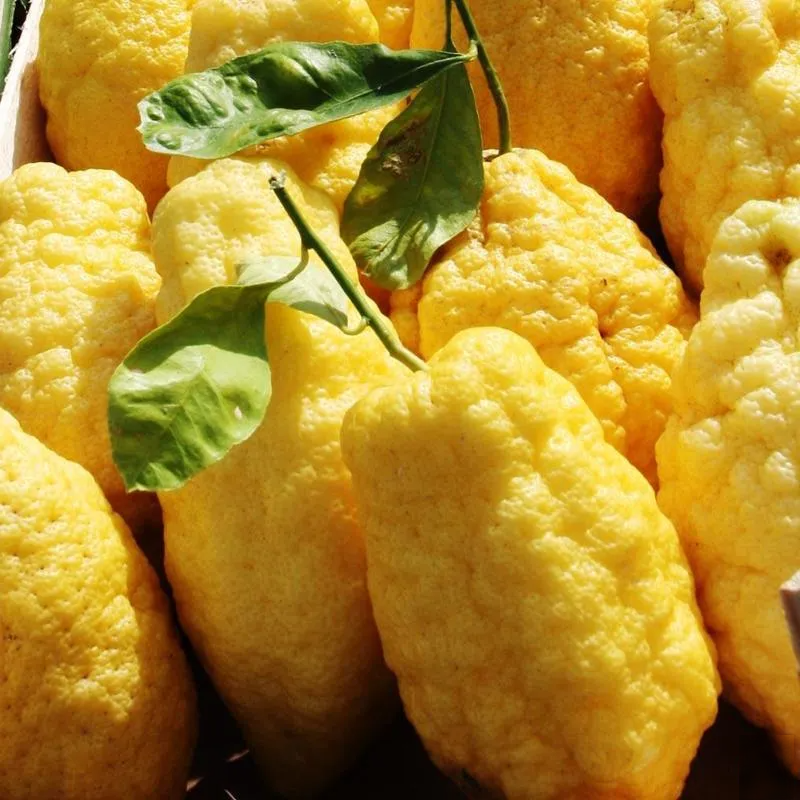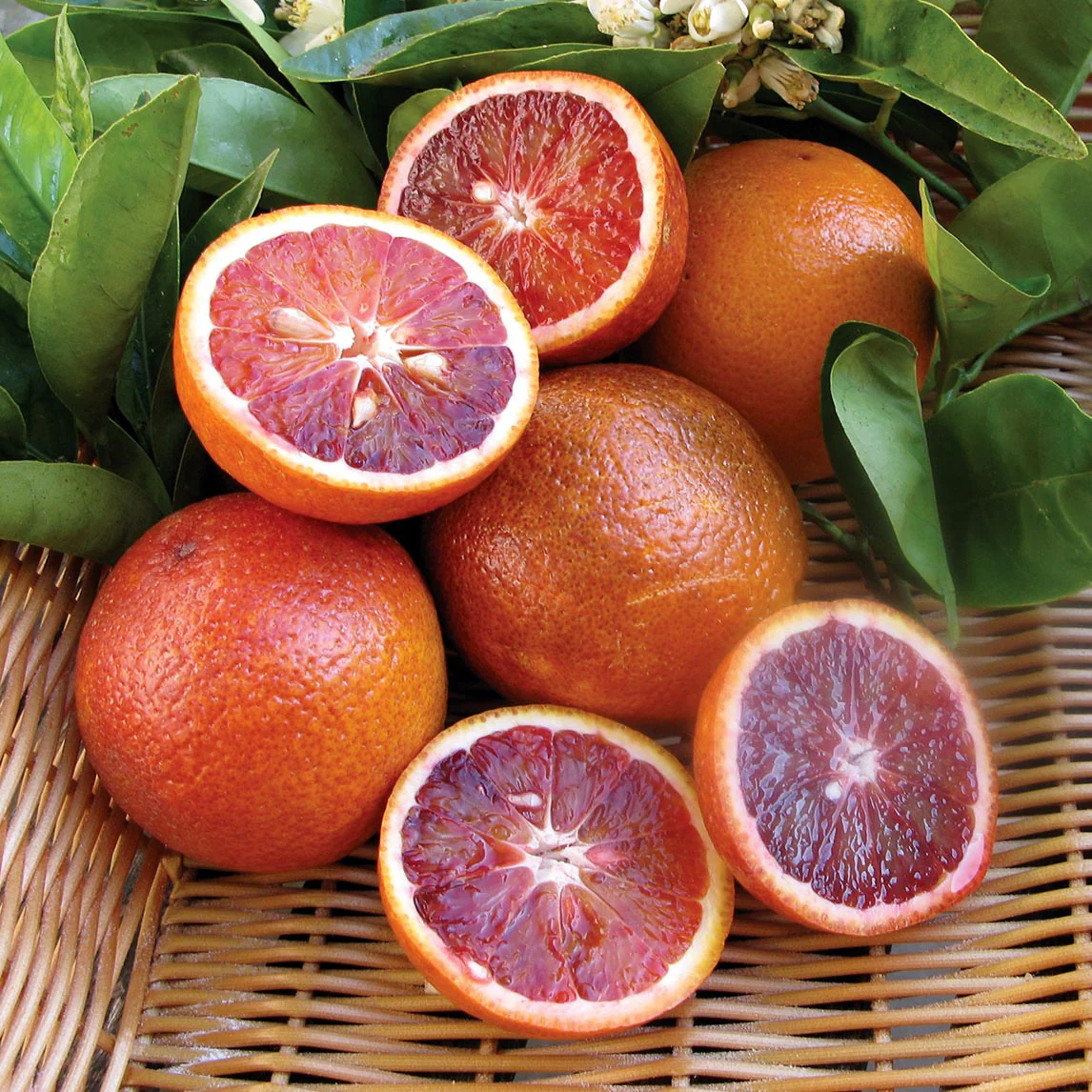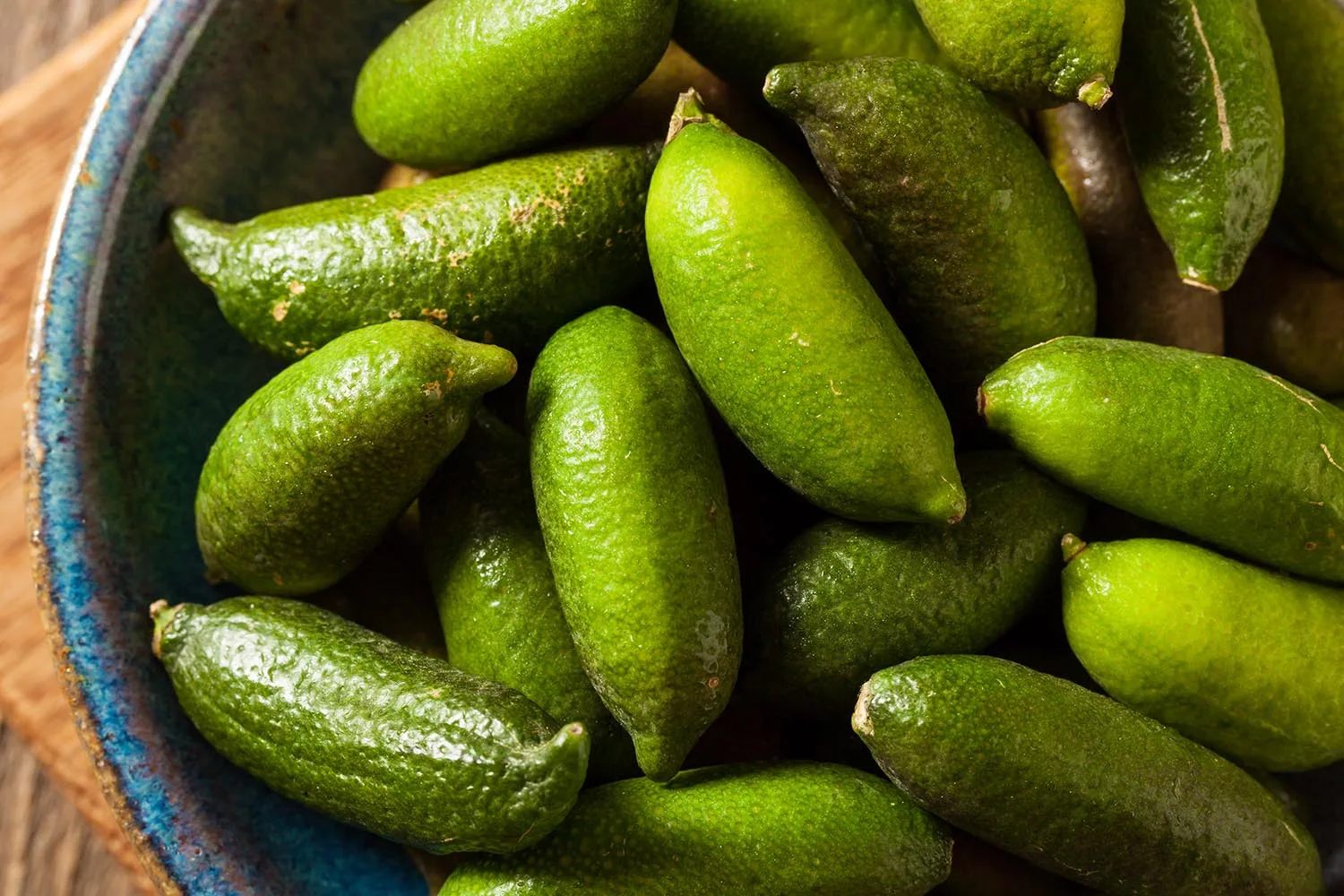Citron (Citrus medica L.): Characteristics of the Fruit, Varieties, Nutritional Value and Distribution
The citron (scientifically known as Citrus medica) belongs to the Rutaceae family within the Citrus genus. This ancient citrus fruit is renowned for its enormous fruits featuring thick rinds and a potent fragrance.
Characteristics of the Fruit
The citron produces one of the largest citrus fruits, called hesperidia. These fruits can be oval-shaped, ovoid, or irregularly shaped. They can grow up to 20-30 centimeters long and weigh several kilograms. The rind is exceedingly thick—comprising most of the fruit’s volume—and can be rough or bumpy on its surface. When ripe, it turns yellow or orange-yellow and emits a powerful aroma blending lemon and floral notes. The pulp inside is sparse and pale yellow, with a sour or slightly sweet taste that makes it unfit for direct consumption in large amounts. Inside are large white seeds.
Varieties
There are relatively few varieties of citron; they are mainly categorized by their shape, size, and usage:
- Buddha’s Hand Citron (Citrus medica var. sarcodactylis): Known for its unusual shape resembling multiple finger-like segments; primarily used for ornamental purposes or extracting essential oils.
- Corsican Citron: Features larger fruits with smooth rinds; commonly used to make candied peel.
- Florentine Citron: Long, oval-shaped fruits with rough rinds; noted for their strong fragrance.
- Diamante Citron: An Italian variety regarded as high-quality citron.

Nutritional Value and Potential Benefits
The primary edible part of the citron is its thick rind, since it has minimal pulp content. The rind is rich in Vitamin C, flavonoids, and essential oils that possess antioxidant and anti-inflammatory properties. Traditionally believed benefits include regulating qi (energy flow), relieving chest congestion, dissolving phlegm, and alleviating coughs.
Distribution and Cultivation
Originating from Asia—possibly India—the citron now grows in limited quantities across tropical and subtropical regions worldwide. Citron trees thrive in warm, humid climates with ample sunlight but are sensitive to cold temperatures. Its primary cultivation areas include parts of the Mediterranean (such as Italy and Corsica), certain Asian regions, and parts of the Americas. Citron serves various purposes, including medicinal uses, making candied peel, extracting essential oils, and ornamental uses. It is mostly propagated through grafting.



